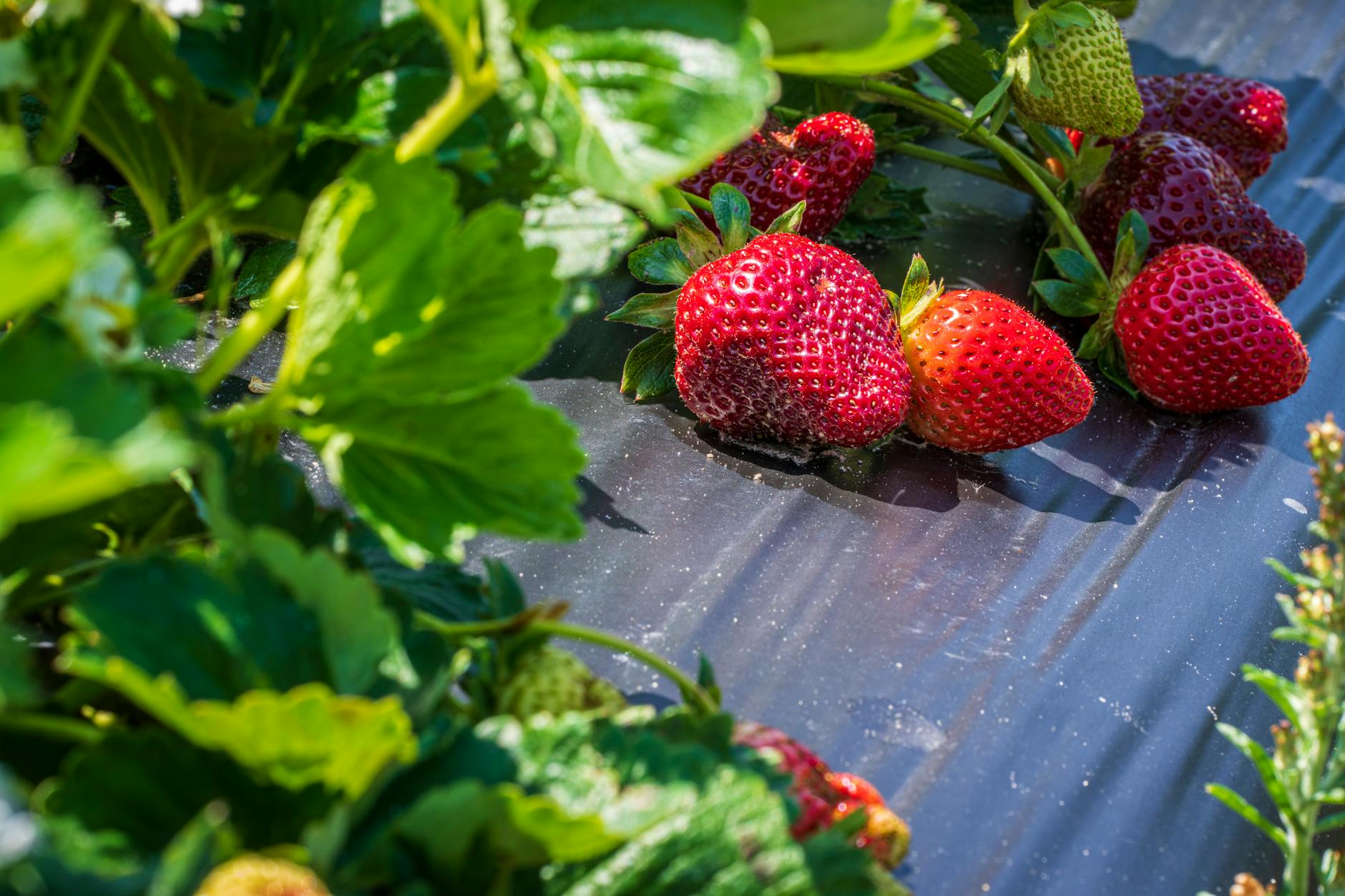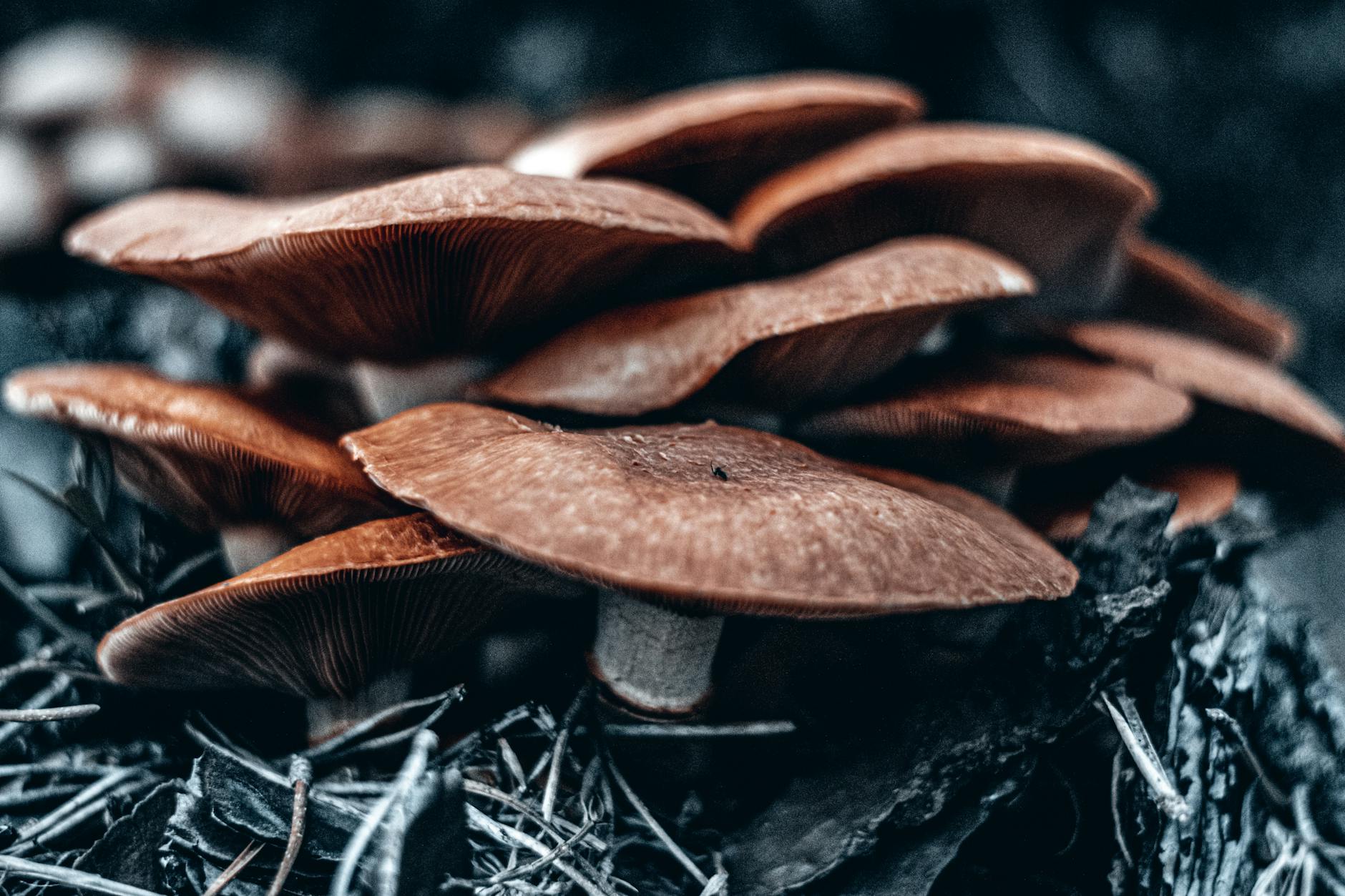King oyster mushrooms, scientifically known as Pleurotus eryngii, are not only delicious but also a popular choice for cultivation due to their versatile culinary uses and high market demand. If you are looking to embark on the journey of king oyster mushroom growing, there are several proven techniques that can help you maximize your harvest efficiently and effectively.
Understanding King Oyster Mushrooms
King oyster mushrooms are characterized by their thick, meaty stems and small umbrellas, making them a unique and prized variety among mushroom enthusiasts and chefs alike. These mushrooms are rich in nutrients, including protein, fiber, vitamins, and minerals, making them a healthy addition to any diet. With their mild flavor and firm texture, king oyster mushrooms are versatile and can be used in a variety of dishes, from stir-fries to soups.
Choosing the Right Growing Medium
One of the key factors in successful king oyster mushroom cultivation is selecting the appropriate growing medium. King oyster mushrooms thrive best in a substrate that is rich in nutrients and has good water retention properties. Common growing mediums for king oyster mushrooms include straw, sawdust, or a combination of the two. It is essential to sterilize the growing medium before inoculation to prevent contamination and ensure a healthy mushroom crop.
Inoculation and Incubation
Once you have prepared your growing medium, the next step is to inoculate it with king oyster mushroom spawn. Spawn can be purchased from reputable suppliers or generated from a previous mushroom crop. After inoculation, the growing containers should be placed in a controlled environment with optimal temperature and humidity levels for incubation. King oyster mushrooms require warm temperatures (around 75-80°F) and high humidity (around 90%) during the initial stages of growth.
Fruitification and Harvesting
After a few weeks of incubation, you will start to see mycelium growth spreading throughout the substrate. This is an indication that the mushroom colony is establishing itself. As the mycelium matures, small pins will begin to form, eventually developing into fully grown king oyster mushrooms. It is crucial to maintain proper humidity levels and provide adequate ventilation to promote healthy fruiting. Harvest the mushrooms when the caps are fully formed but before they begin to flatten out. Use a sharp knife to cut the mushrooms at the base of the stem to avoid damaging the mycelium for future flushes.
Continuous Harvesting and Maintenance
King oyster mushrooms have the potential for multiple flushes, meaning you can harvest from the same substrate several times. To encourage additional fruiting, remove any leftover mushrooms and debris after each harvest and mist the substrate to maintain moisture levels. Keep the growing environment clean and free from pests or contaminants to ensure a successful and continuous harvest.
Conclusion
In conclusion, king oyster mushroom growing can be a rewarding and fulfilling experience for anyone interested in cultivating their own fresh produce. By following these proven techniques for maximizing your harvest, you can enjoy a bountiful supply of delicious and nutritious king oyster mushrooms throughout the growing season. Remember to practice patience, attention to detail, and proper care to achieve the best results in your mushroom cultivation journey.


